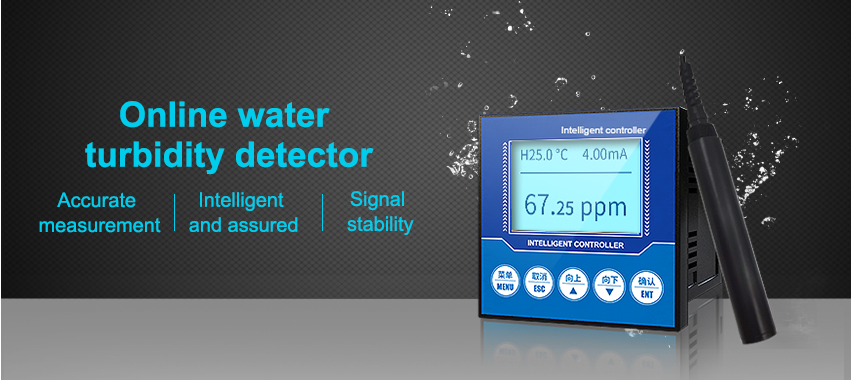Water pollution is a major concern for environmental management practices all over the world. It's a vicious cycle, as polluted water causes water-related diseases and harms aquatic life, and damaged aquatic ecosystems lead to a decline in water quality. There is an urgent need for technological innovations to monitor and control water pollution, and water quality sensors have emerged as a promising solution.

Water quality sensors are advanced devices that measure various physical, chemical, and biological parameters of water, such as temperature, pH, dissolved oxygen, conductivity, turbidity, and bacterial contamination. These sensors can monitor water quality in real-time, providing data to environmentalists, researchers, and policymakers accurate information on how polluted a water source is, and the source of pollution that could be easily overlooked through standard monitoring methods like manual water sampling.
The application of water quality sensors has the potential to make a significant impact on environmental management practices in several ways. Firstly, they enable early detection of contamination events, allowing timely interventions to prevent a hazardous impact on ecological and public health. Secondly, real-time monitoring of water bodies helps in assessing the effectiveness of wastewater treatment plants and other environmental protection regulations. Thirdly, it improves our understanding of the complex, dynamic relationships between environmental factors that affect water quality. Fourthly, water quality sensors can contribute to the implementation of water quality standards and regulatory compliance.
One of the most important advantages of water quality sensors is that they can be used in both freshwater and saltwater, making them ideal for use in various water settings. They are easy to install, operate, and maintain, and require minimal human intervention. These sensors are also relatively inexpensive, making them accessible to local communities and smaller-scale organizations that may lack the resources to invest in more expensive and conventional testing and monitoring methods.
Water quality sensors are also invaluable when it comes to developing early warning systems, especially for events such as oil spills, harmful algal blooms or other accidental or intentional contamination, and chemical leaks in the water. These sensors have the capability to detect minute changes in water chemistry and thus provide valuable insights into the likely location or source of a spill.
However, despite their potential, there are several challenges and limitations associated with the use of water quality sensors. One of the significant obstacles is the lack of standardization in data collection and data analysis practices. Hence one cannot easily compare datasets or assess long-term trends. The frequent calibration of equipment is needed when a sensor drifts from the baseline reading. Moreover, there is limited research and development of advanced sensors that can measure substances that are harmful at very low concentrations, nor do they capture the microplastics that have become a growing threat in recent times.
In conclusion, while there are still some limitations and challenges, water quality sensors represent a significant step forward in the use of innovative technology to monitor water pollution. Real-time monitoring of water quality offers numerous benefits in improving environmental management practices, early detection, and assessment of environmental risks, implementation of standard regulatory compliance, and early warning systems. Promoting standardization and developing advanced sensors can unlock the full potential of these sensors, and in the longer term, save our planet.






